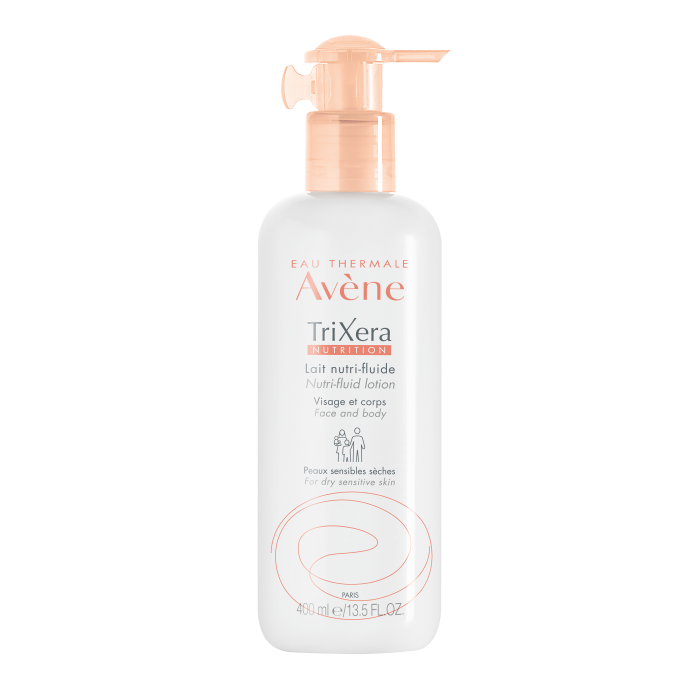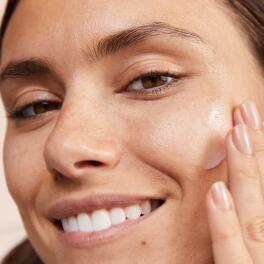Skin “types”
While the entire human body, including the dermis, is made up of 60% water, this is not the case for the epidermis, whose surface layer acts like an interface between the very humid internal environment and the much drier external air. The epidermis contains 20 to 30% water, and its most superficial layer, the stratum corneum, 10 to 20%. This stratum corneum has a specific structure, often compared to a brick wall (corneocytes) and cement (intercellular lipids), whose role is to prevent water from evaporating from the body.
Some skin types are naturally better hydrated, or less dry, than others. Dry skin, whether it is simple xerosis, xerosis as a result of atopic dermatitis, or ichthyosis, contains much less water than normal skin. This dryness is due to abnormalities in lipid metabolism (ceramides), protein metabolism (proteases, filaggrin) or even impaired epidermal differentiation.



